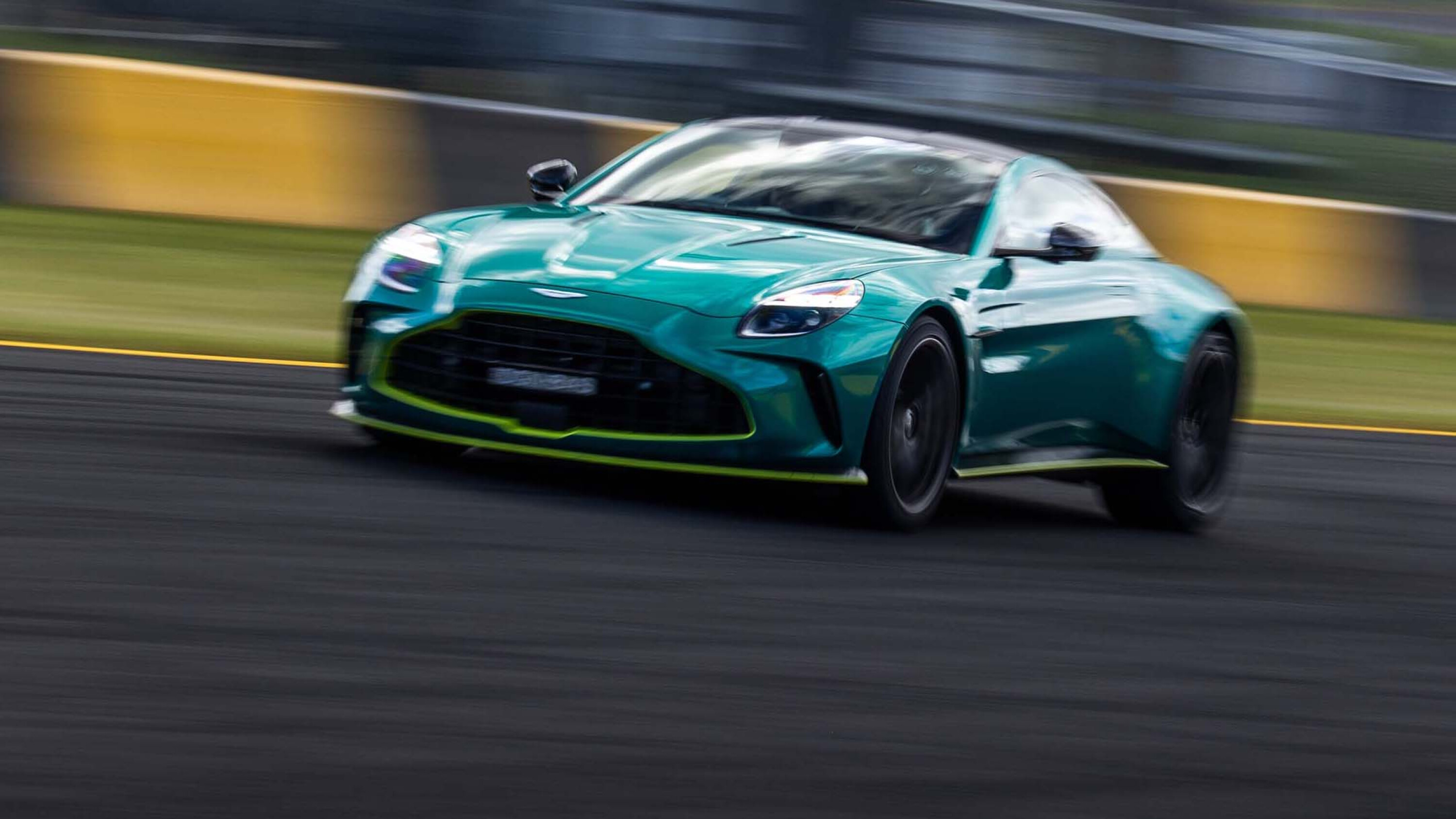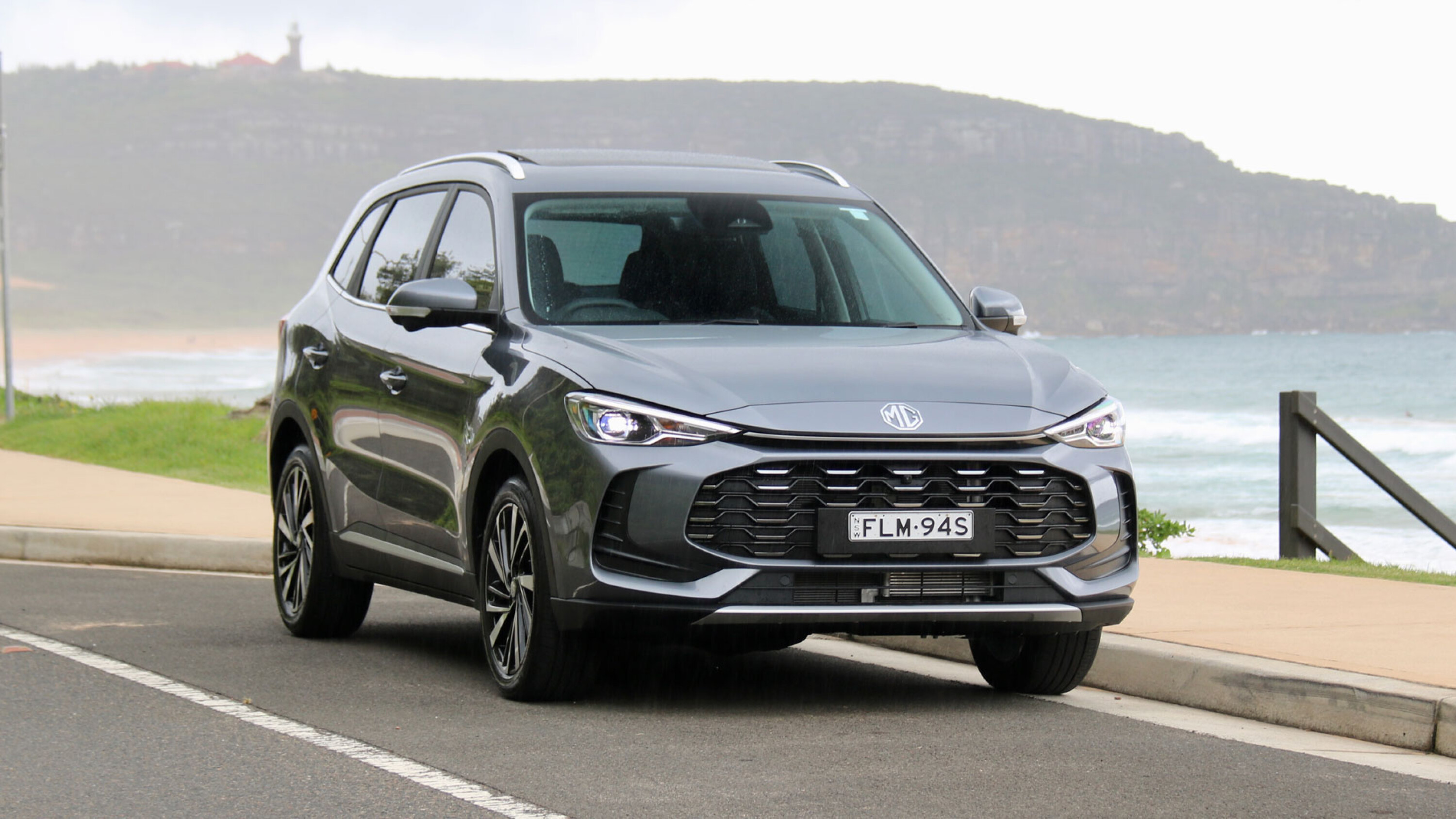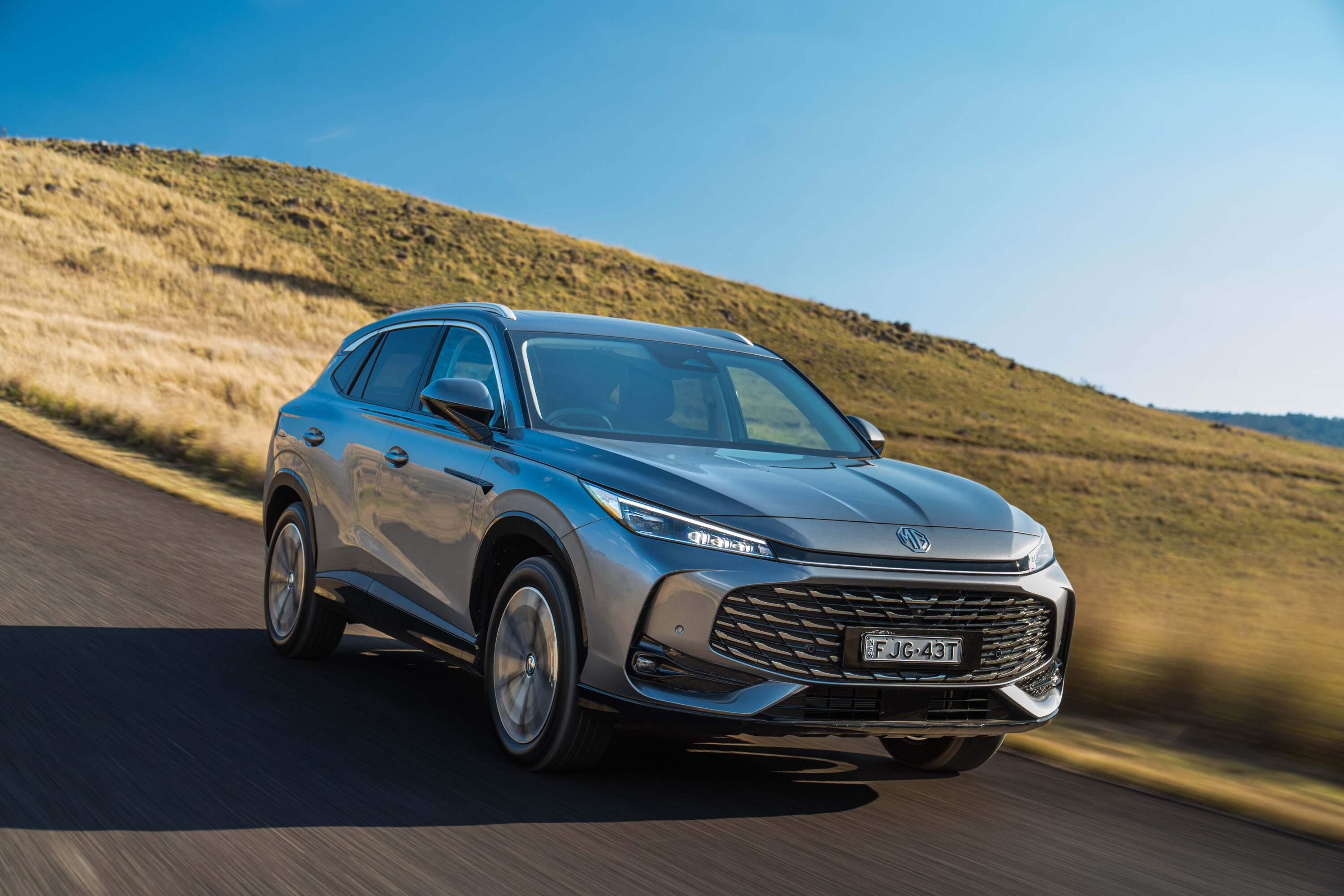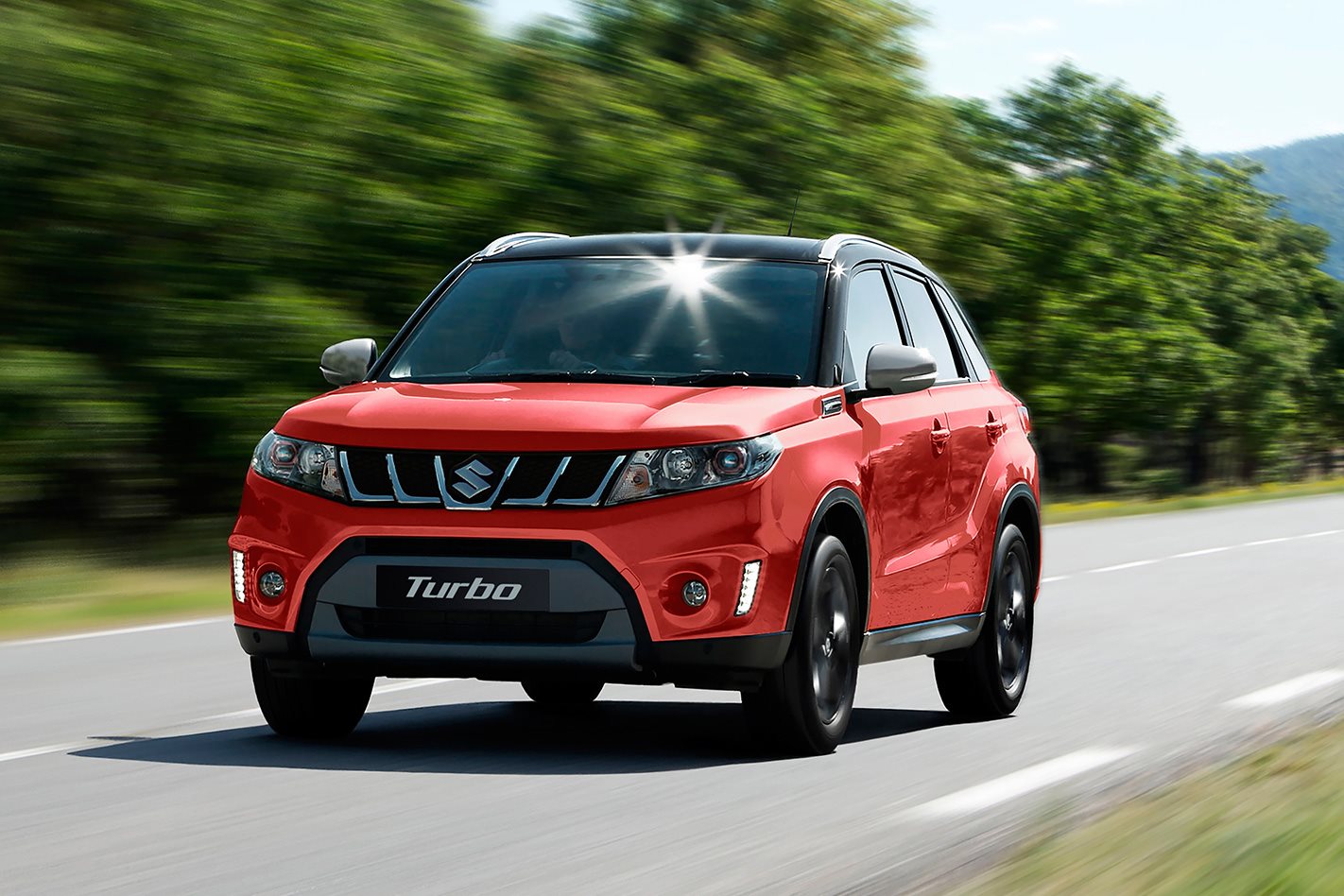
THE latest-generation Suzuki Vitara was introduced in 2015 as a stylish small SUV to take a fresh fight to the likes of the Mazda CX-3, Mitsubishi ASX and the Nissan Qashqai. We’re looking here at the front-driving $28,990 S Turbo variant that saves $4000 by not ticking the box for Suzuki’s on-demand all-wheel-drive system.
Tell me about this car
The Suzuki Vitara S Turbo uses a fuel-efficient 1.4-litre turbocharged four-cylinder engine paired with a six-speed automatic transmission to drag four people around in decent comfort – five at a pinch. On paper it’s the sweet spot in the Vitara range with a punchy engine (the other choices are a non-turbo 1.6 petrol and a 1.6-litre turbo-diesel), and if you never plan on going beyond the bitumen you won’t miss the all-wheel-drive gubbins. We’re seeing it wearing different paint to the car that was launched here midway through last year.
Strengths
- Decent performance. Turbocharging the 1.4-litre engine lifts performance to 103kW, or about the same as a bigger 1.8-litre engined Toyota Corolla while its maximum torque, all 220Nm of it, kicks in from a low 1500rpm meaning the Vitara S Turbo accelerates briskly from the traffic lights.
- Cracking fuel economy from the 1.6-litre turbo. The official numbers say 6.2L/100km on a mix of urban and city driving, and we managed to slightly better that on test, although with a bias to the more fuel-efficient rural part of the cycle.
- Keyless entry (you just leave the key in a pocket or purse and push a black button on either of the front door handles or the hatch to unlock), a soft-touch tailgate release and keyless start all make the Vitara S Turbo more family-friendly.
- The interior’s red highlights, scattered around the air vents and leather-trimmed seats, do lift the cabin ambience.
- Paddle shifters mounted on the steering wheel add a bit of fun to how the Vitara S Turbo drives. It’s a bit rolly-poley around corners, but with the peppy engine you could almost imagine you were in a sports car.
- Suzuki now has a number of colour choices for the S Turbo. That’s in contrast to when it launched and you could get it in any colour, as long as it was red with a black roof.
- There’s safety in numbers: The S Turbo is by far the Vitara’s most popular model. When it launched mid-way through last year, the most powerfully engined Vitara variant accounted for one in every two sales. It’s fallen back only slightly to 45 percent today.
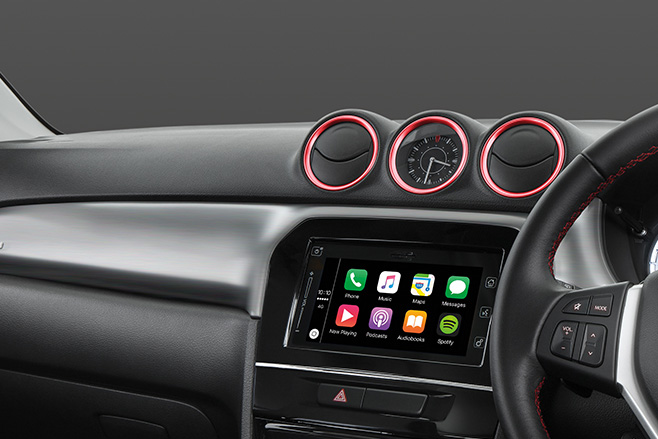
Weaknesses
- Interior plastics are almost all hard to the touch. The door skins feel flimsy, too, flexing even under gentle pressure. The only soft, inviting point is a padded patch on the door where an elbow occasionally rests.
- The faux brushed aluminium plastic strip that dominates the dash is highly reflective in bright sunlight.
- The centre console lacks a decent-sized lidded storage box that could double as a centre armrest, and there are no covers for the pockets in front of the gearshifter. Anything you want to hide away from prying eyes needs to go into the glovebox.
- The multimedia interface is a little dodgy to use. There’s no volume control knob, just a virtual slider to one side of the colour screen. Add in a bit of road roar from the low-profile 17-inch alloys and their tyres, and even at maximum volume the audio system lacks teen-friendly oomph.
- Rear-seat space is at something of a premium. If an adult jumps in the rear seat, a taller driver or front-seat passenger will need to crunch their seat forward to yield enough knee room behind.
- The Vitara has a 375-litre boot. That’s smaller than a lot of conventional hatchback passenger cars.
- The Suzuki Vitara S Turbo comes with a space-saver spare tyre. It’s only meant to allow you to limp around until the full-size tyre is either repaired or replaced, but as we know these things happen slowly in a busy life.
- Ride quality isn’t the best in the segment, and is a bit choppy, and floppy, at low speeds and with only the driver on board. It settles down a bit with more bodies on board, but still isn’t class-leading.
- There’s next to no driver assist technology. Competitors offer features such as blind-spot monitors or automatic city braking, but the S Turbo has nothing similar on offer. That said, a reversing camera and seven airbags are standard.
Any rivals I should consider?
The Australian market seems to like the Vitara, buying almost 6000 of them last year. That’s still a long way behind the segment’s bestsellers, though – the fairly new Mazda CX-3 and the ageing Mitsubishi ASX both sold double the Suzuki’s numbers. The Mazda CX-3 drives and rides nicely, but lacks the turbocharged pep of the Vitara’s engine, and the ASX is now stretching into its sixth year, selling mainly on price – as does the Holden Trax. The Nissan Qashqai is a decent all-rounder that’s well-equipped and spacious, although narrow, and it offers better driver safety systems. A new generation of the taut but underpowered Subaru XV has just been teased ahead of a Geneva Motor Show reveal in a few months’ time.

